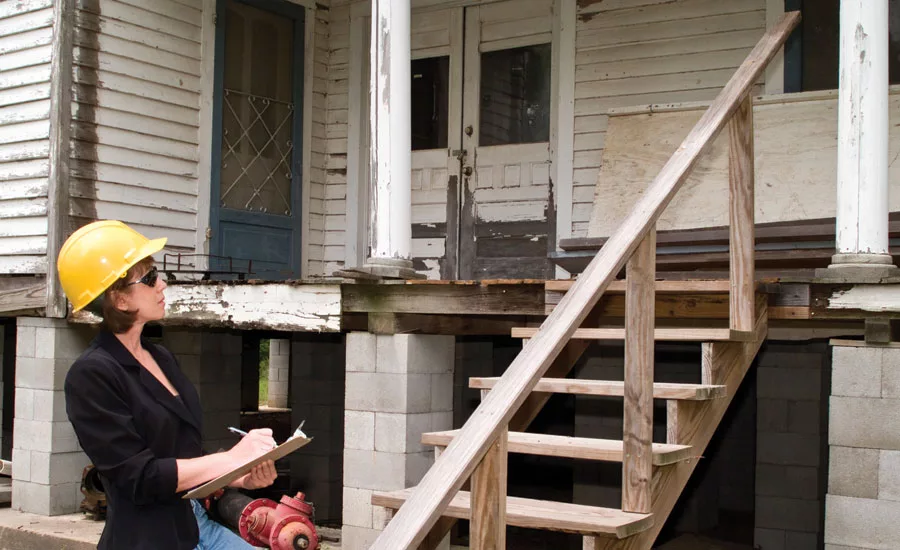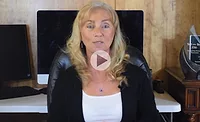Teammates or Competitors: How Do You Play Ball with Adjusters?
How Do You Play Ball with Adjusters?


In baseball, a team working together will always prevail over great players working alone. There have been many great individual players throughout the years like Ken Griffey Jr., who was a 13-time all-star and is in the top 10 players of all time for homeruns. Ted Williams played 19 seasons with the Red Sox and has the highest career on base percentage of all time. However, neither ever won a World Series.
Players win games; teams win championships. We should take this approach with adjusters: we are on the same team and have the same common goal in mind, to take care of the property owner. If one side fails to do their job, the team could lose.
Through my years of being an adjuster and now a restorer, I have seen many changes in the industry. One of the biggest has been the working relationship between the adjuster and the restorer. I have found there are six ways we can improve our working relationship with adjusters.
1. Effective Communication. Communication between the restorer and the adjuster is highly important. This is an area where I think most companies within our industry could probably all agree we need to improve. Understanding how people want to be communicated to and how to communicate with them will be a huge help in running your job. Communication is not just a phone call anymore. Be aware of the preferences of your adjuster and property owner: phone call, email, text, etc. Know when they are expecting to hear from you: weekly, bi-weekly, etc. You ask those questions up front so you can plan accordingly as you run the job.
2. Documentation. Here’s a basic rule of thumb: “If it’s not documented, it didn’t happen!” Documentation has become more important over the years. Always make sure you document everything you do. Adjusters will be audited on their files sometimes by someone who has never been to the property. It is so helpful to them, and to you, to have as much supporting documentation as possible so they can support paying for what you are charging. This will also help you if anyone comes back later and has questions on any particular job you have done. With technology, it is easier than ever to do this. Take photos of everything, the damaged areas and non-damaged areas.
3. Scope. Determining the scope of the damages for any job can be one of the most important aspects of working with an adjuster. Make sure you take the time to have an accurate scope of work. Also, working with the adjuster to ensure both parties are on the same page will reduce the number of supplements down the road and speed up the job itself.
4. Relationships. Believe it or not, adjusters prefer to have a relationship with the restorer! By having a relationship, it builds a level of trust between you and promotes a more successful outcome for you, the adjuster, and the homeowner. The mitigation portion of the job is questioned less; there are usually fewer supplements.
5. You are a Pro! We are the professionals in restoration; you are engaged and qualified. In each job we handle, the adjuster expects you to be a professional. They rely on your knowledge and training to give accurate and appropriate assessments. It is part of your job to keep up on changes within the industry like standards, certifications, and continually learning within our fields of focus.
6. Be Up-to-Date. Know your jobs and what is going on with them. Too often an adjuster will get a call from a property owner with questions or concerns. The adjuster will call the contractor to see what is going on and the contractor isn’t up to date with that job. If there is a problem on a job, simply let the adjuster know. Keeping secrets isn’t going to get anyone ahead.
Bottom line: the main thing the adjuster wants from you is to help make their job easier and reduce the amount of calls they get. If we can work to improve these six items not only will the jobs run better, you should get paid faster.
Looking for a reprint of this article?
From high-res PDFs to custom plaques, order your copy today!






